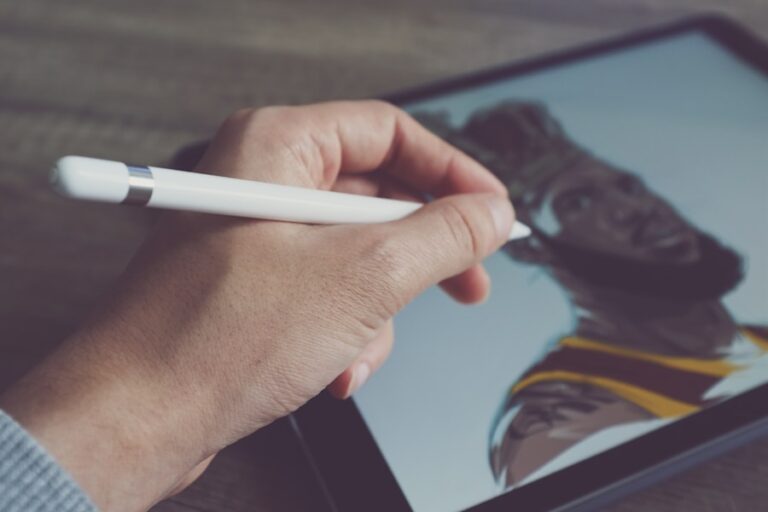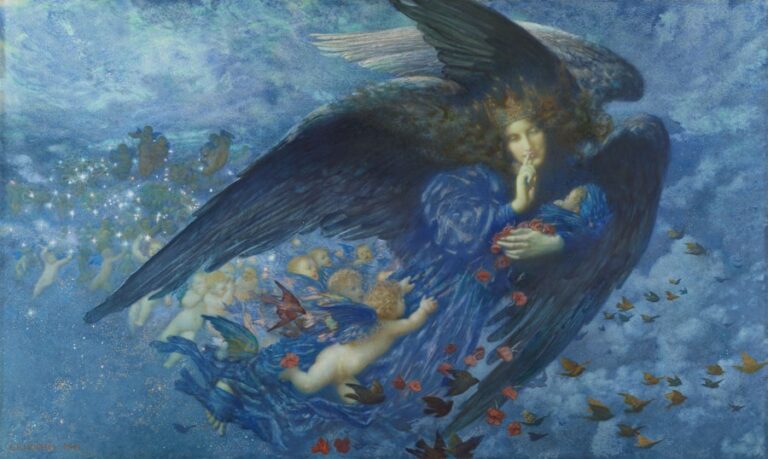Discover the World of Digital Art: Where to Buy and How to Support Artists
Digital art is a form of artistic expression that utilizes digital technology as a medium. It encompasses a wide range of artistic styles and techniques, including digital painting, 3D modeling, animation, and more. With the advancement of technology, digital art has become increasingly popular and accessible to artists and art enthusiasts alike. The digital medium allows for endless possibilities and creative freedom, as artists can manipulate and experiment with their work in ways that traditional art forms cannot. Digital art has also opened up new avenues for collaboration and interaction within the art community, as artists can easily share and showcase their work online. As a result, digital art has become a vibrant and dynamic part of the contemporary art world, with a growing number of collectors and enthusiasts seeking out digital pieces to add to their collections.
Digital art has also become a powerful tool for social and political commentary, as artists use the medium to address important issues and spark conversations. From digital illustrations that depict social injustices to interactive installations that challenge viewers to think critically about the world around them, digital art has the potential to provoke thought and inspire change. As technology continues to evolve, so too does the world of digital art, with new techniques and styles constantly emerging. Whether it’s through virtual reality experiences or interactive installations, digital art continues to push the boundaries of what is possible in the art world.
Where to Buy Digital Art
There are a variety of platforms and marketplaces where collectors can purchase digital art, ranging from online galleries to specialized websites dedicated to digital artwork. Many traditional art galleries have also begun to incorporate digital pieces into their collections, recognizing the growing demand for digital art among collectors. Online marketplaces such as Sedition and Saatchi Art offer a wide selection of digital artworks from artists around the world, allowing collectors to browse and purchase pieces from the comfort of their own homes. These platforms often provide detailed information about the artists and their work, making it easier for collectors to learn about the pieces they are interested in. Additionally, some platforms offer limited edition digital artworks, providing collectors with the opportunity to own exclusive pieces that are not widely available.
For those interested in supporting emerging digital artists, there are also platforms such as Patreon and Ko-fi that allow artists to connect directly with their supporters and offer exclusive content in exchange for financial contributions. These platforms provide a more personal and direct way for collectors to support artists and acquire unique digital pieces. Additionally, many artists also sell their work through their own websites or social media channels, providing collectors with the opportunity to purchase directly from the artist. With the increasing popularity of digital art, there are more options than ever for collectors to find and purchase digital pieces that speak to them.
How to Support Digital Artists
Supporting digital artists goes beyond simply purchasing their work; there are many ways that art enthusiasts can show their support for the digital art community. One of the most important ways to support digital artists is by sharing their work with others. Whether it’s through social media, word of mouth, or attending exhibitions, spreading the word about an artist’s work can help them gain exposure and reach new audiences. Additionally, engaging with an artist’s work by leaving comments, sharing feedback, or participating in discussions can provide valuable support and encouragement.
Financial support is also crucial for digital artists, as it allows them to continue creating and developing their craft. This can be done through purchasing their work, commissioning custom pieces, or contributing to crowdfunding campaigns. Many artists also offer prints or merchandise featuring their artwork, providing another way for supporters to invest in their work. For those who are unable to make financial contributions, simply engaging with an artist’s content and showing appreciation for their work can make a meaningful impact. By actively supporting digital artists, enthusiasts can help ensure that the digital art community continues to thrive and grow.
Understanding the Different Types of Digital Art
Digital art encompasses a wide range of styles and techniques, each with its own unique characteristics and methods of creation. One of the most common forms of digital art is digital painting, which involves using software such as Adobe Photoshop or Corel Painter to create paintings and illustrations using a digital canvas and brushes. This allows artists to experiment with different textures, colors, and effects in ways that traditional painting cannot replicate. Another popular form of digital art is 3D modeling, which involves creating three-dimensional objects and environments using specialized software such as Blender or Autodesk Maya. This technique is often used in animation, video games, and virtual reality experiences.
Digital photography is another prominent form of digital art, as photographers use digital cameras and editing software to capture and manipulate images in creative ways. From surreal photo manipulations to abstract compositions, digital photography offers endless possibilities for artistic expression. Additionally, digital collage and mixed media techniques allow artists to combine various elements such as photographs, illustrations, and textures to create visually striking compositions. With the advancement of technology, new forms of digital art continue to emerge, such as interactive installations, virtual reality experiences, and generative art created using algorithms and code. Each type of digital art offers its own unique set of possibilities and challenges, contributing to the diverse and dynamic nature of the digital art world.
Exploring the Benefits of Collecting Digital Art
Collecting digital art offers a range of benefits for enthusiasts and collectors alike. One of the key advantages of collecting digital art is the accessibility and convenience it provides. Unlike traditional artwork, which may require physical storage space and careful handling, digital pieces can be easily stored on electronic devices and displayed on screens or digital frames. This makes it easier for collectors to build and maintain a diverse collection without the limitations of physical space. Additionally, many digital artworks are available in limited editions or as NFTs (non-fungible tokens), providing collectors with exclusive pieces that hold value over time.
Another benefit of collecting digital art is the potential for interactivity and engagement with the artwork. Many digital pieces incorporate elements such as animation, sound, or interactive features that allow viewers to engage with the artwork in new and immersive ways. This can create a more dynamic and engaging experience for collectors, as they interact with the artwork on a deeper level. Furthermore, collecting digital art allows enthusiasts to support emerging artists and explore new forms of artistic expression that may not be readily available in traditional art forms. By collecting digital art, enthusiasts can contribute to the growth and evolution of the digital art community while building a collection that reflects their personal tastes and interests.
Tips for Building a Digital Art Collection
Building a collection of digital art requires careful consideration and research to ensure that collectors acquire pieces that resonate with them and hold value over time. One important tip for building a digital art collection is to explore a variety of platforms and marketplaces to discover new artists and artworks. By browsing different platforms such as online galleries, social media channels, and specialized websites, collectors can gain exposure to a diverse range of digital artwork and connect with emerging artists. Additionally, attending virtual exhibitions or online events can provide opportunities to discover new talent and engage with the digital art community.
Another tip for building a digital art collection is to consider the long-term value and potential for appreciation of the artwork. Collectors should research the artist’s background, exhibition history, and market demand for their work to assess the potential for future value. Limited edition prints or NFTs can also offer exclusivity and investment potential for collectors seeking unique pieces that hold value over time. It’s also important for collectors to consider their personal preferences and interests when building a collection, as this will ensure that their collection reflects their individual tastes and passions.
The Future of Digital Art
The future of digital art holds endless possibilities as technology continues to evolve and shape the way artists create and share their work. With advancements in virtual reality, augmented reality, artificial intelligence, and blockchain technology, new opportunities are emerging for artists to push the boundaries of what is possible in the digital medium. Virtual reality experiences allow viewers to immerse themselves in interactive artworks and environments, creating new ways for artists to engage with audiences. Augmented reality technology enables artists to overlay digital artwork onto physical spaces, blurring the lines between the virtual and physical worlds.
Artificial intelligence is also playing a significant role in shaping the future of digital art, as artists explore new ways to collaborate with AI algorithms to create generative artwork and interactive installations. Additionally, blockchain technology has introduced new possibilities for artists to authenticate and sell their work through NFTs (non-fungible tokens), providing a secure and transparent way for collectors to acquire exclusive digital pieces. As technology continues to advance, so too does the potential for innovation within the world of digital art. The future holds exciting opportunities for artists to experiment with new techniques and mediums while engaging with audiences in innovative ways.
In conclusion, digital art has become an integral part of the contemporary art world, offering endless possibilities for artistic expression and engagement. With a wide range of platforms available for purchasing digital art, collectors have more options than ever to discover new artists and build diverse collections. By supporting emerging artists and exploring different types of digital artwork, enthusiasts can contribute to the growth and evolution of the digital art community while building collections that reflect their personal tastes and interests. As technology continues to advance, the future of digital art holds exciting opportunities for innovation and collaboration within the art world. Whether it’s through virtual reality experiences or interactive installations, digital art continues to push the boundaries of what is possible in artistic expression.







